They didn’t ride motorcycles through the halls of L.A.’s legendary Hyatt House, pay hotel doormen to smuggle hot groupies into their rooms, or smash pricey guitars to smithereens during performances. In fact, they didn’t pull any of the typical stunts made famous by the male rock pioneers of the 1960s and ’70s. Yet, they were trailblazers nonetheless. I’m talking about the mostly forgotten women of the early electric bands, who proved you didn’t need testosterone to have talent. They wielded Strats, hammered Ludwigs, went on tour, signed record deals…and then just faded into footnotes. Now maybe, had they become obscenely rich, spoiled rotten by record executives, and bored shitless from endless touring, they might have developed the rock star habit of tossing TVs out of hotel windows. Maybe. But we’ll never know.
Here’s the first in a series of articles showcasing the electric girl groups you’ve probably never heard of.
It could only happen in America: In 1947, a 7-year-old Polish-Jewish girl named Genyusha “Genya” Zelkovicz arrived in New York City’s Lower East Side with her parents and a sister, speaking not a word of English. They were the only ones in their family to survive the Holocaust. Genya’s mother nicknamed her Goldie, and thus began her Americanization.
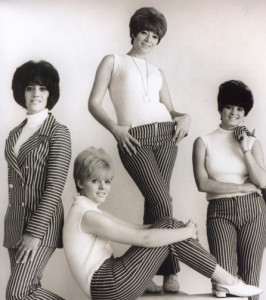 In 1962, she attended a Brooklyn club called The Lollipop Lounge, where, on a dare, she took the stage and sang a song with a group of college kids who called themselves The Escorts. The band’s bass singer (and future ’70s super-producer) Richard Perry liked what he heard and invited her to join the outfit. They found steady work in the New York clubs and enjoyed some regional success with a cover of West Side Story’s “Somewhere.” When Goldie discovered Ginger Bianco playing drums in a Greenwich Village bar, she got the idea to form an all-girl band. They combined their names and became Goldie and the Gingerbreads.
In 1962, she attended a Brooklyn club called The Lollipop Lounge, where, on a dare, she took the stage and sang a song with a group of college kids who called themselves The Escorts. The band’s bass singer (and future ’70s super-producer) Richard Perry liked what he heard and invited her to join the outfit. They found steady work in the New York clubs and enjoyed some regional success with a cover of West Side Story’s “Somewhere.” When Goldie discovered Ginger Bianco playing drums in a Greenwich Village bar, she got the idea to form an all-girl band. They combined their names and became Goldie and the Gingerbreads.
With the addition of pianist Carol O’Grady, the trio toured West Germany and Switzerland with Chubby Checker in 1962. Afterwards, they hired guitarist/vocalist Carol MacDonald, and replaced O’Grady with Margo Lewis. The lineup was complete. Decca Records signed the group in 1963, making them the first female band to land a record deal from a major label. And yes, they had to pose cheesecake-style in glittery garb for publicity purposes.
In 1964, Goldie and girls were hired to provide entertainment at a mod New York party for Warhol discovery Baby Jane Holzer. Guests, including The Rolling Stones and Atlantic Records founder Ahmet Ertegün, were suitably impressed. Ertegün wooed the group from Decca and signed them to Atlantic’s subsidiary label, Atco.
![Goldie and the Gingerbreads on bill with the Rolling Stones. [The Hip Quotient] Screen Shot 2015-08-22 at 3.40.33 PM](http://hipquotient.com/wp-content/uploads/2015/03/Screen-Shot-2015-08-22-at-3.40.33-PM-206x300.jpg) When British Invasion band The Animals caught the Gingerbreads’ act at the The Wagon Wheel club in Times Square, their manager invited them to tour England. Thus began a successful two-year run, as the girls toured non-stop on bills that included The Beatles, The Stones, The Animals, The Kinks, Manfred Mann, The Yardbirds, and The Hollies. (You can just imagine what went on in those tour buses.)
When British Invasion band The Animals caught the Gingerbreads’ act at the The Wagon Wheel club in Times Square, their manager invited them to tour England. Thus began a successful two-year run, as the girls toured non-stop on bills that included The Beatles, The Stones, The Animals, The Kinks, Manfred Mann, The Yardbirds, and The Hollies. (You can just imagine what went on in those tour buses.)
Following in the footsteps of their male British counterparts, they played numerous gigs in West Germany, even appearing at The Beatles’ early haunt, The Star Club in Hamburg. It turns out that Ringo himself was a fan. In 1965 he managed to get them a spot on the popular BBC variety show Not Only….But Also, hosted by Dudley Moore and Peter Cook. They sang the song that should have put them on the map: “Can’t You Hear My Heartbeat.” But the high-profile Herman’s Hermits beat them to the punch, releasing their own hit version of the song two weeks earlier. The Gingerbreads’ release reached #25 in the U.K., but bombed in the U.S.
The band eventually returned to America, but failed to make an impact. Some say Goldie’s overbearing leadership style precipitated their demise. But the girls’ frustration over their inability to sell records likely contributed to their frustration and ultimate breakup in 1968.
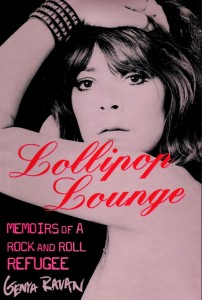 All of the band members stayed active in the music business. Bianco and MacDonald formed the jazz-fusion band Isis. Lewis toured as a keyboardist with Bo Diddley and currently runs her own talent consulting company. But it’s Goldie Zelkovicz who’s managed to carve out a real niche for herself in the rock world. As Genya Ravan she fronted her own jazz-fusion band, Ten Wheel Drive, from 1968 through 1974. She’s appeared on TV talk shows, produced The Dead Boys’ debut LP and a comeback album for Ronnie Spector, served as head of production at CBGB Records, and currently hosts two Sirius/XM radio shows: Goldie’s Garage and Chicks and Broads. Her 2004 memoir Lollipop Lounge: Memoirs of a Rock and Roll Refugee takes the reader on a wild ride – from her prison camp days in Poland to her struggles with alcohol and cancer. Hey Genya, there’s still time to roll a Harley down the halls of a Hyatt!
All of the band members stayed active in the music business. Bianco and MacDonald formed the jazz-fusion band Isis. Lewis toured as a keyboardist with Bo Diddley and currently runs her own talent consulting company. But it’s Goldie Zelkovicz who’s managed to carve out a real niche for herself in the rock world. As Genya Ravan she fronted her own jazz-fusion band, Ten Wheel Drive, from 1968 through 1974. She’s appeared on TV talk shows, produced The Dead Boys’ debut LP and a comeback album for Ronnie Spector, served as head of production at CBGB Records, and currently hosts two Sirius/XM radio shows: Goldie’s Garage and Chicks and Broads. Her 2004 memoir Lollipop Lounge: Memoirs of a Rock and Roll Refugee takes the reader on a wild ride – from her prison camp days in Poland to her struggles with alcohol and cancer. Hey Genya, there’s still time to roll a Harley down the halls of a Hyatt!
So, do Goldie and the Gingerbreads qualify as Rock and Roll Hall of Fame inductees? Based on their limited body of work, probably not. But as the first all-female guitar band, and the first to be signed by a major label…well, why not? (I mean, Kiss got in, after all!) In 2011 the Hall of Fame acknowledged their contributions by including the group in its traveling “Women in Music” exhibit.
Perhaps a more meaningful honor was one bestowed upon them by the Women in Music organization, which presented the first ladies of rock with a Touchstone Award. It’s given annually to women who possess “the courage and inspiration to make a difference in the music industry and whose work has set new standards.” And it’s only fitting that one of the band’s earliest supporters, the legendary Ahmet Ertegün, presented them with their statuettes.
Here are The Gingerbreads on British television, circa 1965:
And here’s the great Genya Ravan, still ravin’, in 2013:
© Dana Spiardi, April 18, 2014

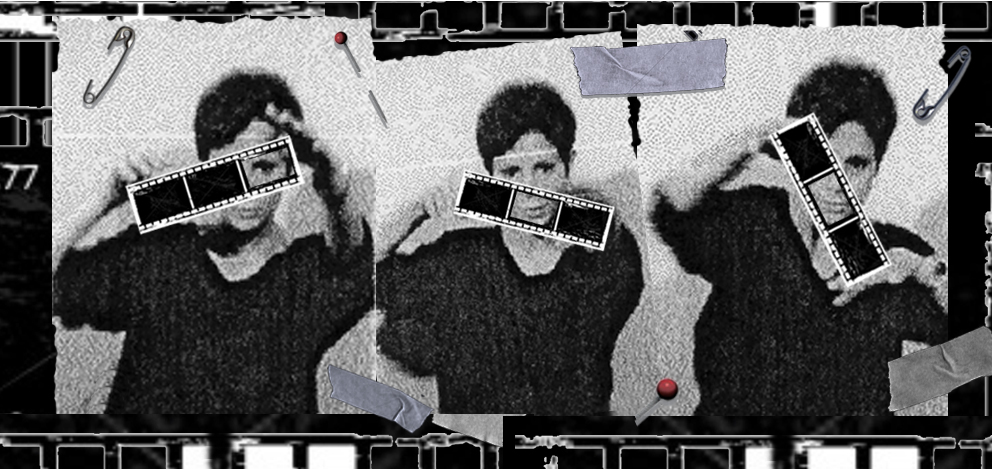
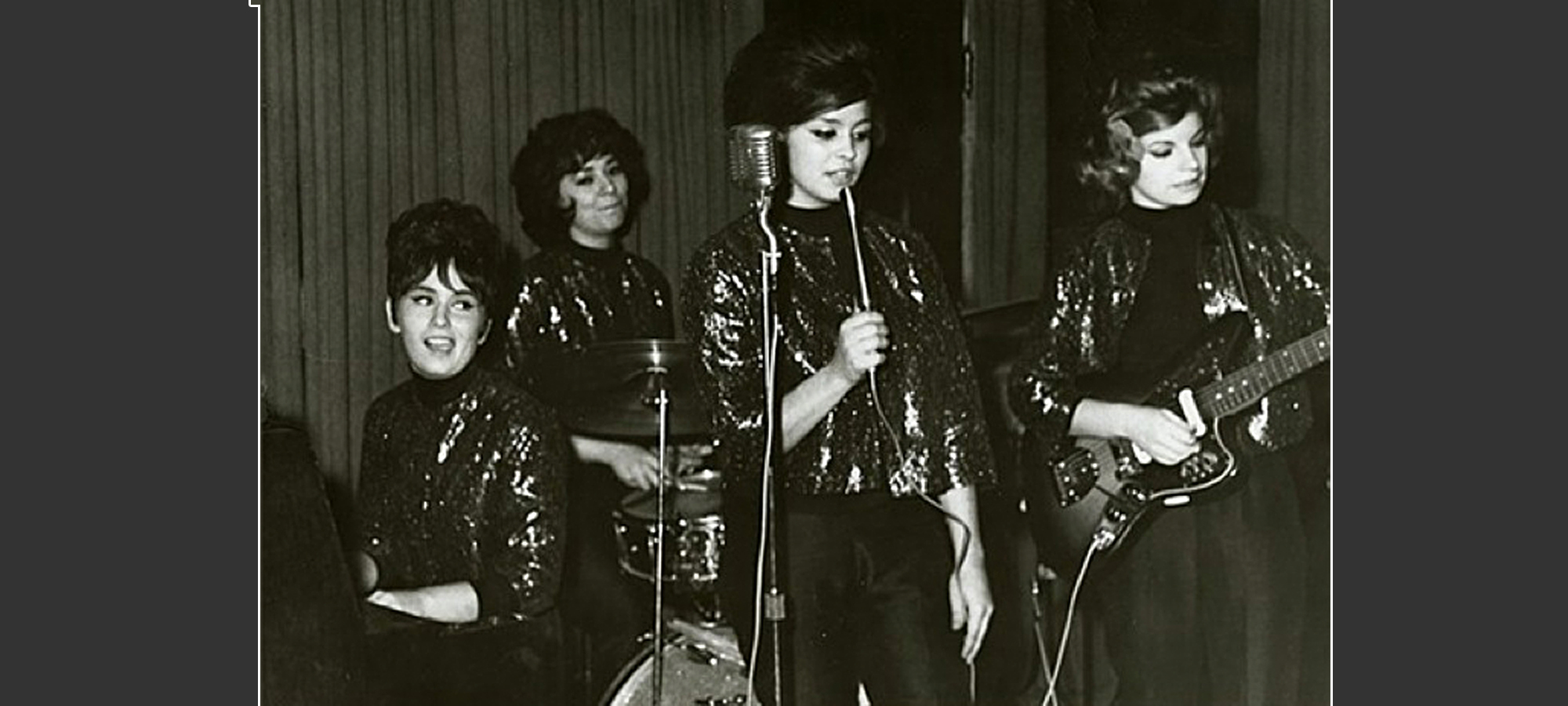
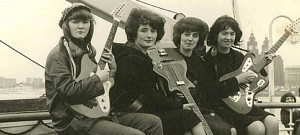

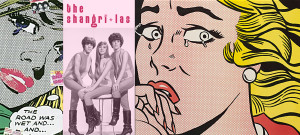
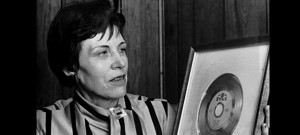
Thanks for always exposing us to “new” music … very much looking forward to this continuing series of yours … I love rediscovering music that should’ve never been forgotten!
I’m with Adam, definitely doing a service to unknown forgotten artist. Long Live Rock.